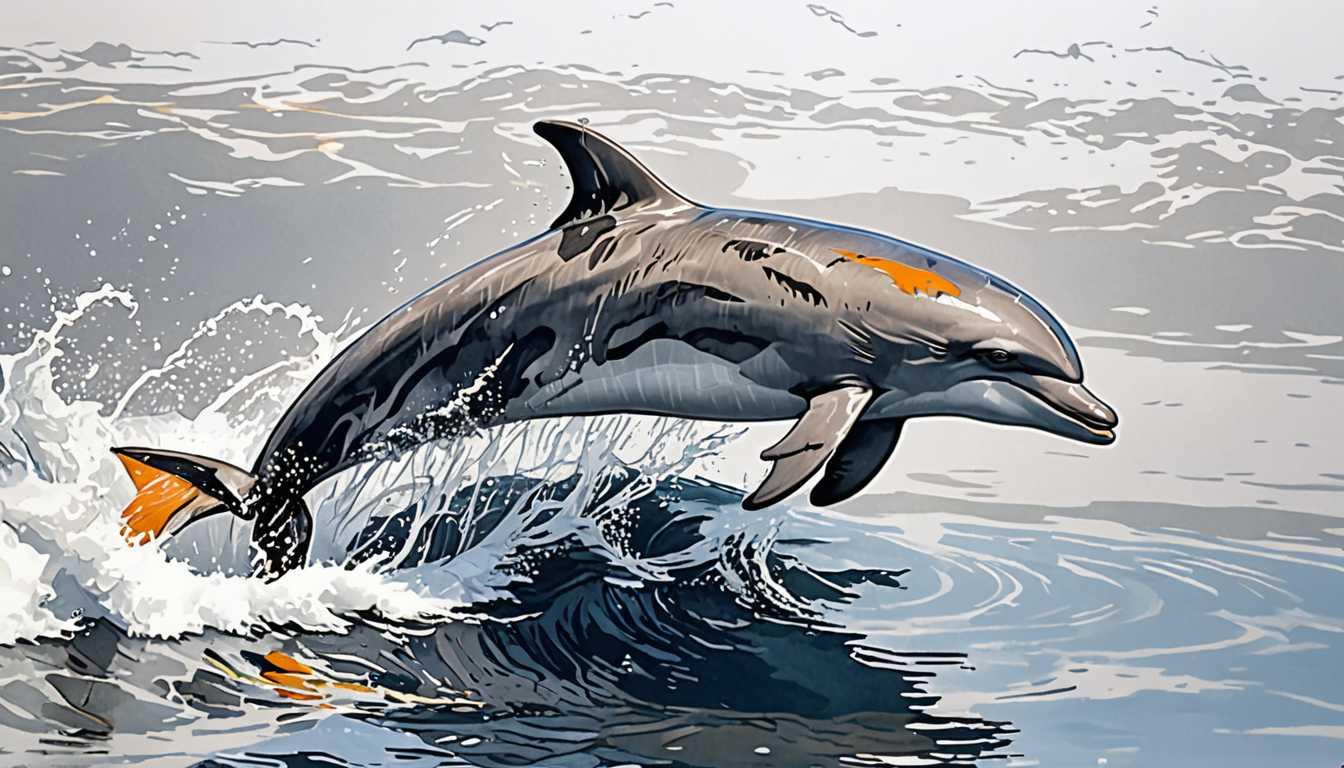Mobula Rays: Nature’s Filter Design Genius
November 2024
MIT News
Introduction
Hey there, future innovators! Did you know that MIT engineers are taking inspiration from the ocean’s coolest filter feeder, the mobula ray, to create better water filters? These rays are like nature's ultimate multitaskers, sipping in water and plankton while breathing at the same time! By studying their unique mouth structure, researchers are crafting industrial filters that balance efficiency and effectiveness. Dive into the MIT News article to uncover how this marine marvel can revolutionize water treatment. Trust us, it’s a splash of brilliance!
READ FULL ARTICLEWhy It Matters
Discover how this topic shapes your world and future
Diving Deep into Filter Feeding and Innovation
Filter feeders, like the mobula ray, play a crucial role in marine ecosystems and human innovation. These fascinating creatures have developed unique adaptations that allow them to efficiently capture tiny food particles from the water, which has inspired scientists and engineers to create better water filtration systems. Understanding how these animals function not only sheds light on their importance in maintaining ecological balance but also highlights the potential for sustainable solutions to global issues such as water pollution and resource management. By studying filter feeders, you can see how nature's designs can inform technology, making our world cleaner and healthier. Plus, it’s a fun way to connect the dots between biology and engineering—two fields that can work hand-in-hand to solve real-world problems!
Speak like a Scholar
Filter Feeder
An organism that feeds by straining suspended matter and food particles from water, like the mobula ray or certain types of clams.
Permeability
The ability of a material or membrane to allow fluids to pass through it, higher permeability means more fluid can flow easily.
Selectivity
The ability of a filter to distinguish between different sizes or types of particles, ensuring that desired materials are captured while unwanted ones are not.
Vortex
A whirling mass of fluid that can trap and hold particles, in the case of the mobula ray, it helps keep food particles from escaping while allowing water to flow.
Cross-flow filtration
A method of filtering where fluid flows across a filter membrane, separating out particles while allowing clean fluid to pass.
Biomechanics
The study of the mechanical laws relating to the movement or structure of living organisms, which in this case helps understand how the mobula ray feeds.
Independent Research Ideas
The Role of Filter Feeders in Ecosystem Health
Investigate how different filter feeders contribute to ocean health and what happens when they decline. This study could reveal important connections between species and environment.
Innovations in Water Filtration Technology
Explore how the design principles observed in the mobula ray and other filter feeders can lead to advancements in water purification systems. It could be exciting to create prototypes based on these designs!
Comparative Analysis of Feeding Mechanisms
Examine the feeding mechanisms of various filter feeders across different environments (ocean vs. freshwater). This study could highlight evolutionary adaptations and their ecological significance.
Impact of Ocean Pollution on Filter Feeding Species
Analyze how pollutants affect the health and efficiency of filter feeders. This research could raise awareness about pollution and its far-reaching effects on marine life.
Engineering Biomimicry Inspired by Marine Life
Investigate how engineers are using biomimicry (design inspired by nature) to create solutions for problems like water scarcity or pollution, focusing on marine organisms like the mobula ray.
Related Articles

From Sprawled to Upright: Mammal Evolution Unveiled
November 2024
Harvard Gazette

Cicadas' Surprising Pee Power
March 2024
Smithsonian Magazine

“Sun-Powered Water: The Future of Desalination”
October 2024
MIT News

Caterpillars: Detecting Danger with Static Electricity!
May 2024
University of Bristol

Whale Tales: How Cetaceans Conquered the Sea
October 2024
Harvard Gazette